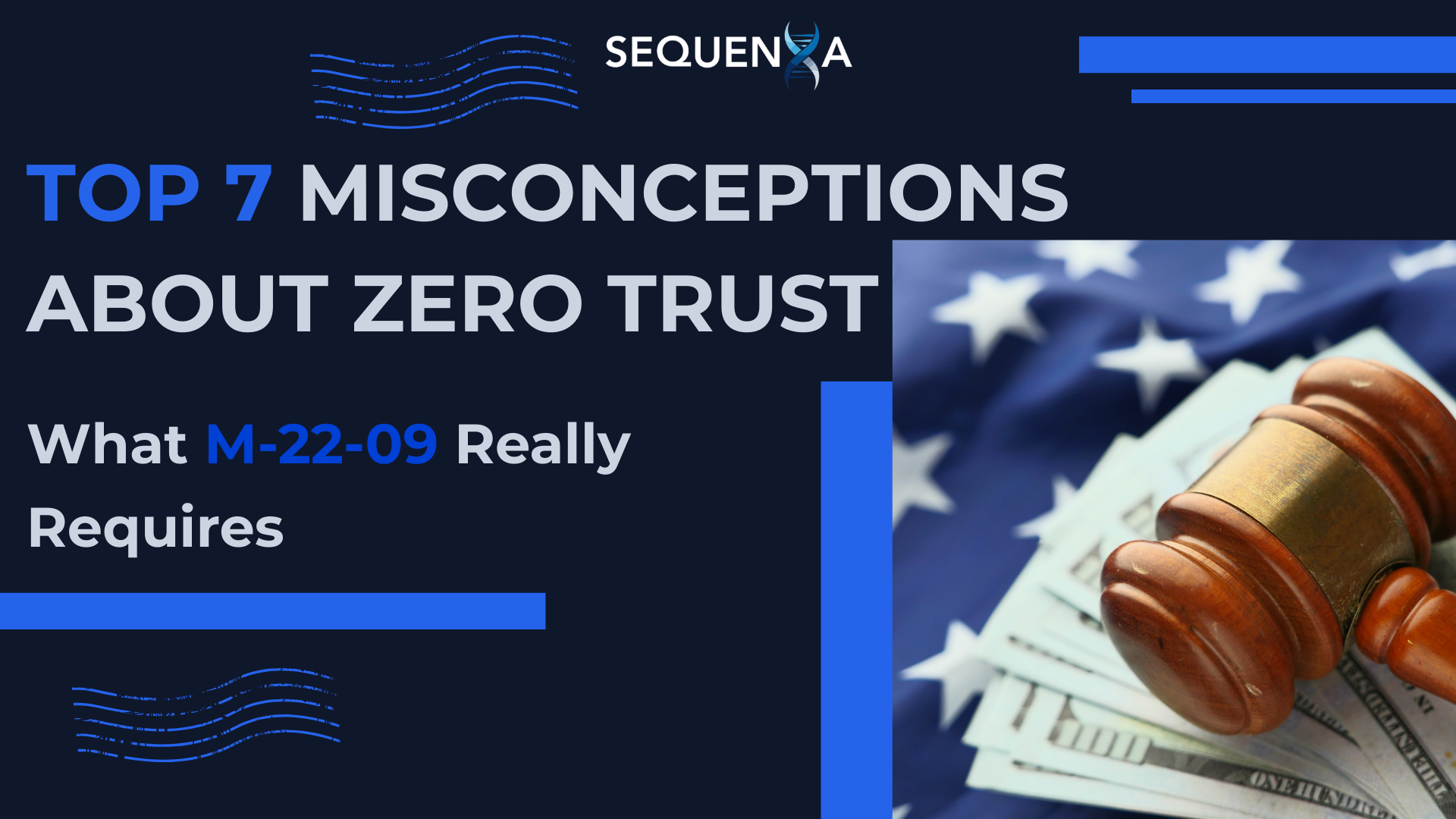The $1.26B AML Disaster: A Compliance Case Study

What Happened
In one of the most staggering AML (Anti-Money Laundering) compliance failures in recent history, a major financial institution was hit with a combined $1.256 billion in regulatory fines. The penalties were levied by multiple global regulators after a long investigation revealed that the company had facilitated billions in illicit transactions over several years. These transactions involved sanctioned entities, shell companies, and politically exposed persons (PEPs), all of which went undetected due to flawed internal systems.
The scandal sent shockwaves through the global financial sector, significantly damaging the firm’s reputation, slashing its stock value, and resulting in the resignation of key executives. The root of the crisis? A broken AML program that lacked the infrastructure, agility, and verification intelligence necessary to detect sophisticated laundering schemes in real-time.
How It Happened
The failure unfolded due to a convergence of compliance breakdowns. At the core, the institution’s AML program was fragmented and outdated. It relied heavily on manual reviews, siloed identity verification systems, and legacy compliance frameworks that weren’t built to handle the complexity of modern threats.
Several critical gaps included:
Weak KYC Processes: Onboarding relied on manual document checks and lacked biometric identity verification. This allowed fake or altered identities to slip through.
Inadequate Screening: Sanctions lists, PEP databases, and watchlists were not updated in real time. Some systems didn’t cross-reference jurisdictions.
No Centralized Consent or Audit Trail: Customer consent records were incomplete, and there was no unified compliance documentation trail, making it impossible to defend against audit scrutiny.
Delayed Response Times: Identity and transaction verification took days, allowing suspicious activities to occur before intervention.
Limited Scalability: As customer volume increased, the verification team couldn’t keep up, leaving high-risk users unchecked.
These systemic failures ultimately allowed billions to flow undetected through the institution, while senior compliance officers remained unaware until it was too late.
How It Could Have Been Prevented
The tragedy of this case lies in how preventable it was. Modern verification and compliance technologies now make it possible to shut down risks like these at the source, during onboarding, transaction initiation, and in real-time compliance monitoring.
Here’s how it could have been prevented:
Biometric Identity Verification: AI-powered facial recognition combined with liveness detection could have identified impersonators and synthetic identities.
Automated Document Validation: Advanced systems now detect forgeries across 7,000+ document types in seconds, preventing fraudulent KYC onboarding.
Real-Time Compliance Matching: Modern platforms cross-check global watchlists, PEPs, and jurisdiction-specific AML standards instantly.
Immutable Consent and Audit Trails: Blockchain-secured digital consent capture can create verifiable audit logs that meet legal defensibility requirements.
Parallel Processing Infrastructure: By handling 10,000+ verifications per hour with sub-30-second turnaround, AML risks can be spotted and blocked before damage is done.
The institution failed because it was fighting 2025 threats with 2010 technology. If they had embraced next-generation AML verification tools, the $1.256 billion penalty, and its reputational fallout, could have been avoided.
How Sequenxa Can Solve the Problem
Sequenxa Origin is purpose-built for a world where identity fraud, regulatory complexity, and digital onboarding challenges converge. In a case like this, where outdated AML infrastructure cost over a billion dollars, Origin could have made the difference between catastrophe and control.
Here’s how:
1. End-to-End Identity Verification
Origin verifies identities using a multilayered approach: biometric facial recognition, liveness detection, and document integrity analysis across 7,000+ global ID formats. This would have detected synthetic identities and impersonators at the onboarding stage, closing the first door to laundering activity.
2. Automated Global Compliance Matching
The platform is pre-integrated with a dynamic regulatory knowledge base covering AML/KYC requirements in 180+ countries. It automatically adapts workflows to meet region-specific standards and provides instant screening against sanctions, PEPs, and watchlists, eliminating the blind spots that plagued the financial institution.
3. Consent and Audit Chain Built for Defensibility
Sequenxa’s ConsentChain™ engine creates a tamper-proof log of every consent action, embedded with metadata, biometric validation, and legal timestamps. In an audit scenario, this gives legal teams a 100% defensible chain of evidence, something the fined institution simply didn’t have.
4. Frictionless Scalability
With an average verification time of 30 seconds and the ability to handle 10,000+ verifications per hour, Origin could have scaled seamlessly as onboarding volume increased. This eliminates manual review bottlenecks, reducing the chance of delayed intervention.
5. Intelligent Risk Mitigation
BotSense™ and behavior analysis technology flag suspicious activity in real time, identifying patterns such as rapid-fire onboarding from the same device, incomplete submissions, or identity anomalies. These signals act as an early warning system for compliance teams, empowering pre-emptive action.
Had the institution implemented Origin’s enterprise-grade compliance automation infrastructure, it would have dramatically lowered its exposure to AML risks, and regulators would have seen proactive, documented efforts to enforce financial crime prevention.
Key Lesson
This case is not just about a $1.256 billion fine, it’s a warning to all enterprises navigating
financial ecosystems in an era of rising fraud, AI-generated identities, and ever-changing regulation. The price of outdated compliance is no longer measured in inconvenience, it’s measured in billions.
The key lesson: compliance isn’t a checkbox, it’s a capability.
To protect brand equity, customer trust, and long-term sustainability, companies must build AML infrastructure that is dynamic, intelligent, and globally aware. Manual reviews, static databases, and legacy systems are no longer enough.
Platforms like Sequenxa Origin are more than tools, they’re strategic enablers of financial integrity. Organizations that proactively adopt such systems will not only stay ahead of regulators but will also become market leaders in trust, transparency, and operational efficiency.
Stay up to date with Sequenxa’s newsroom for insights on evolving AML regulations and how to build resilient, scalable compliance ecosystems.



